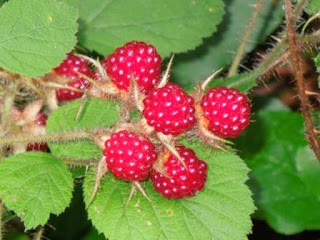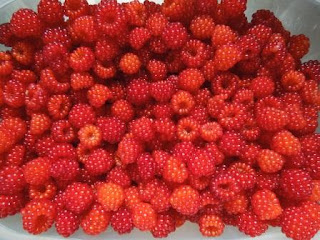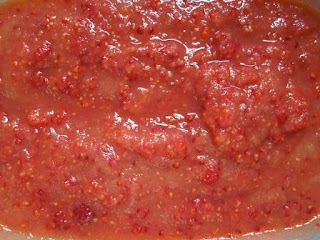Acknowledging that it's best to limit
packaging and unnecessary purchases, and reuse whenever possible, once the package or container is no longer useful, is recycling is the most environmentally sound option? The answer begins with energy consumption, but goes well beyond.

The amount of energy needed to extract raw materials is, in fact, greater than the amount required to collect and process the recycled material for reuse in manufacturing. Popular Mechanics reports that on average it takes “10.4 million Btu to manufacture products from a ton of recyclables, compared to 23.3 million Btu for virgin materials; collecting, hauling and processing of those recyclables adds just 0.9 million Btu.”1 That is significant energy savings.
The difference in energy use when comparing processing recycled, rather than "virgin" materials, varies a great deal from product to product:
(videos describing each process are included)
(videos describing each process are included)
 |
 |
| Newsprint, the paper used in newspapers, can be recycled into new newsprint using only 55 percent of the energy needed to make it from wood and other raw materials. |
Recycling does far more for our environment, however, that save energy.
- Recycling avoids wasting valuable materials (a recent study that found that about 90 percent of the material going to landfills has a market value3).
- Using recycled material in manufacturing creates less air and water pollution than using unprocessed, virgin raw materials.4
- Compared to incinerating, recycling significantly reduces the amount of CO2 in the atmosphere.5
- Recycling saves natural resources: trees, ores, sand, and petroleum.
- Recycling makes it unnecessary to deface the land by logging and mining.
- Recycling avoids utilizing land for landfill.
- Recycling creates jobs. The US Bureau of Labor lists a variety of jobs related to recycling: drivers, sorters, mechanics, technicians, and machinery maintenance workers, material recovery facility managers, route managers, and sales representatives6.
Recycling reduces the need to extract, process, refine, and transport timber, crude petroleum, and ores. It lessens the toxic air emissions, effluents and solid wastes that these manufacturing processes create.4
So when you find the familiar triangular arrows on packaging, know that it is worth the effort to recycle.


















































